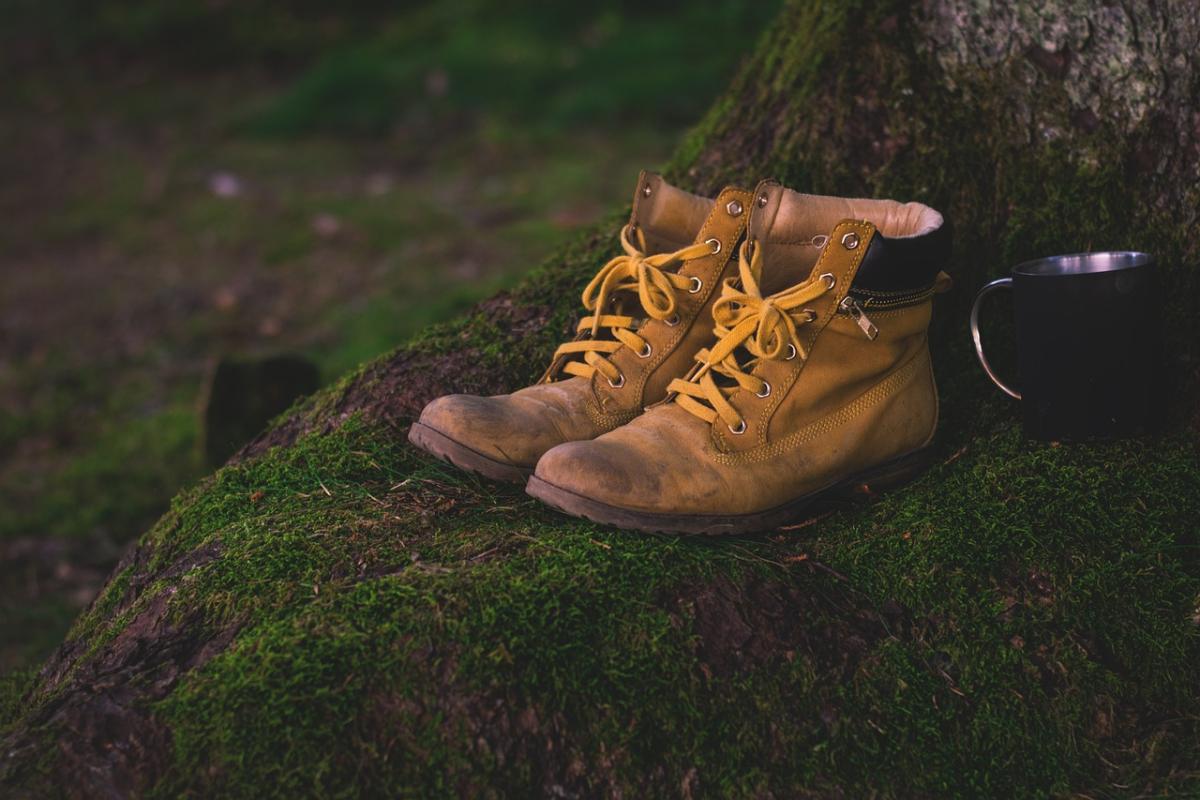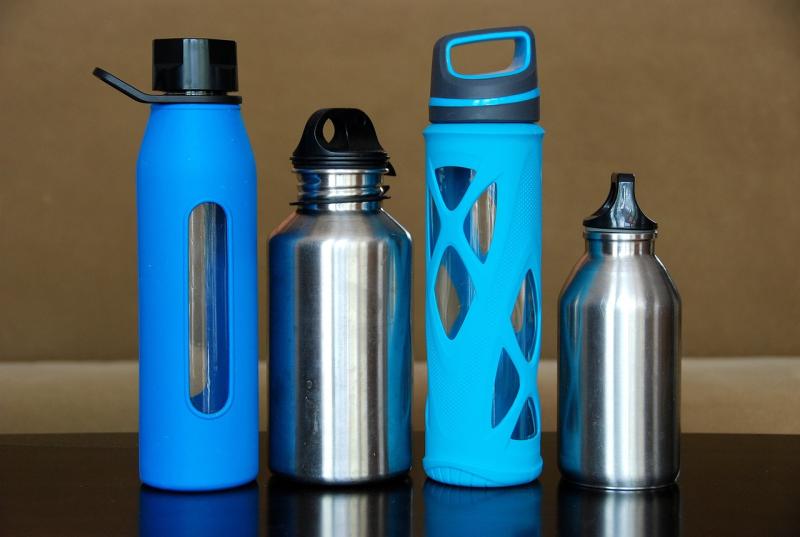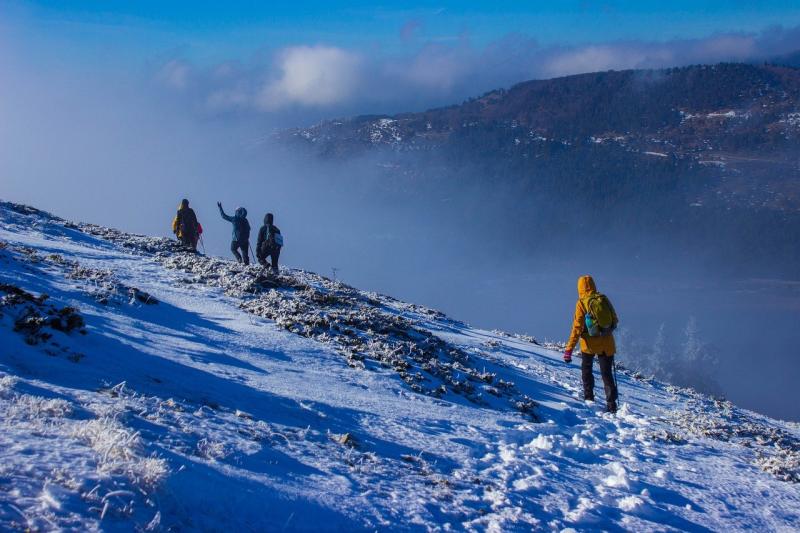When you're picking out hiking boots, comfort should be at the top of your list. You’ll want a pair that feels good right from the start. Look for boots with plenty of cushioning to support your feet during long hikes. Remember, blisters and sore spots can quickly ruin your outdoor adventure!
Next up, consider the fit. Hiking boots should fit snugly but not too tight. Make sure there's enough room for your toes to wiggle, especially when going downhill. If possible, try on boots with the socks you plan to wear when hiking. This way, you'll get the best idea of how they’ll feel on the trails.
Don’t forget to think about the traction! The last thing you want is to slip on a rocky or muddy path. Look for boots with a solid rubber outsole that has good tread. Deep lugs and a grippy surface can make a huge difference in keeping you stable.
Water resistance is another important feature, especially if you plan on hiking in wet conditions. Consider boots that are waterproof or water-resistant. Your feet will stay dry and comfortable, which means you can focus on your hike, not on soggy socks!
Lastly, weigh the materials and construction of the boots. Leather tends to be more durable but can be heavier, while synthetic materials are often lighter and dry faster. Think about your hiking style and the kind of adventures you’ll be going on to find the right balance!
Types of Hiking Boots Explained
When it comes to choosing the perfect hiking boots, it helps to know the different types available. Each type serves a specific purpose, so picking the right one can make all the difference in your outdoor experience.
Trail Runners: If you’re looking for lightweight and breathable options, trail runners might be right up your alley. They’re great for day hikes and fast-paced adventures. However, they don't offer much support or protection, so they’re best for well-maintained trails.
Day Hiking Boots: These are a solid option for most short hikes. They’re a bit sturdier than trail runners and provide more ankle support without being too heavy. Look for waterproof options if you know you’ll encounter wet conditions. They’re versatile and comfortable for all-day wear.
Backpacking Boots: Planning a longer trek with a heavier pack? Backpacking boots are designed with more durability and structure to support you over rough terrain. They often come with enhanced traction and ankle support which is crucial for stability on hikes that involve uneven ground.
Mountaineering Boots: If your adventures take you to icy, rugged mountains, you’ll need specialized mountaineering boots. These are built to handle extreme conditions and provide excellent insulation. They often work with crampons for climbing, making them a must-have for serious mountaineers.
Finding the Right Fit and Comfort
When it comes to hiking boots, getting the right fit is key to a great outdoor experience. You don’t want to be out on the trail with shoes that pinch or cause blisters. Here are a few tips to help you find the perfect size:
Comfort is just as important as fit. Look for boots that provide good support and cushioning. Here are a few features to consider:
Lastly, remember that breaking in your boots is essential. Never hit the trails with brand-new boots without giving them some practice runs around your house or on local paths. This way, you’ll ensure that your feet will be ready for the adventure ahead!
Caring for Your Hiking Boots Properly
Caring for your hiking boots is just as important as choosing the right pair. After all, they help you tackle tough trails, and a little maintenance can make a big difference in their lifespan and performance. Here’s how to keep them in top shape:
1. Clean Them Regularly: When you trek through mud, dirt, or snow, your boots can accumulate grime. Give them a quick rinse with water and a soft brush after each hike. For more stubborn stains, a mild soap can do wonders. Just make sure to rinse them thoroughly, as soap residue can damage materials over time.
2. Dry Properly: Wet boots can lead to bad odors and damage. If they get soaked, let them dry at room temperature, away from direct heat sources like radiators. Stuffing them with newspaper can help absorb moisture. Just avoid putting them in the dryer – that’s a sure way to ruin them!
3. Apply Waterproofing: If you want your boots to stay dry, consider applying a waterproofing treatment. There are sprays and creams specifically designed for hiking boots that can enhance their water resistance. Just be sure to follow the instructions on the product for the best results.
4. Inspect Regularly: Keep an eye on the soles and seams. If you notice any signs of wear, such as loose threads or worn-out soles, it might be time for a repair or replacement. Catching these issues early can save you from getting stuck on the trail.





